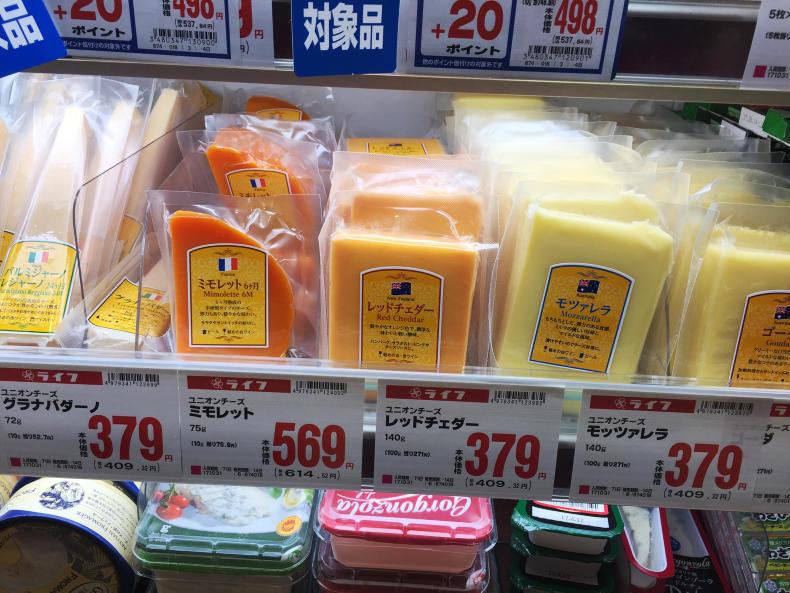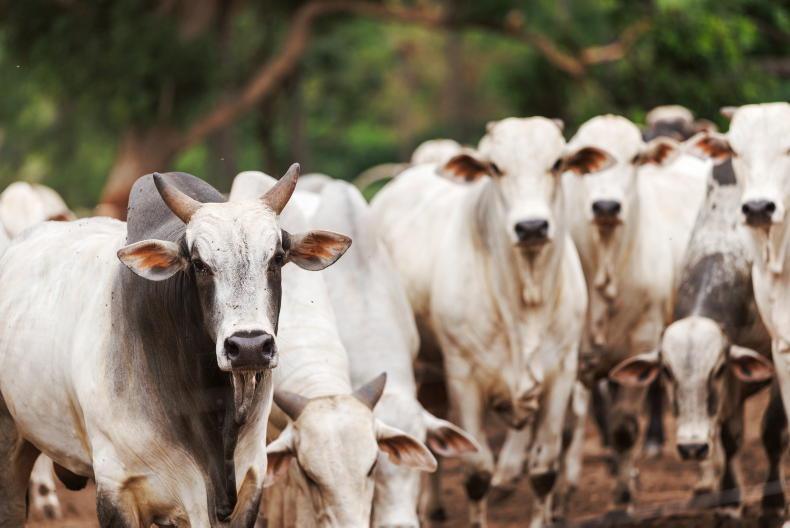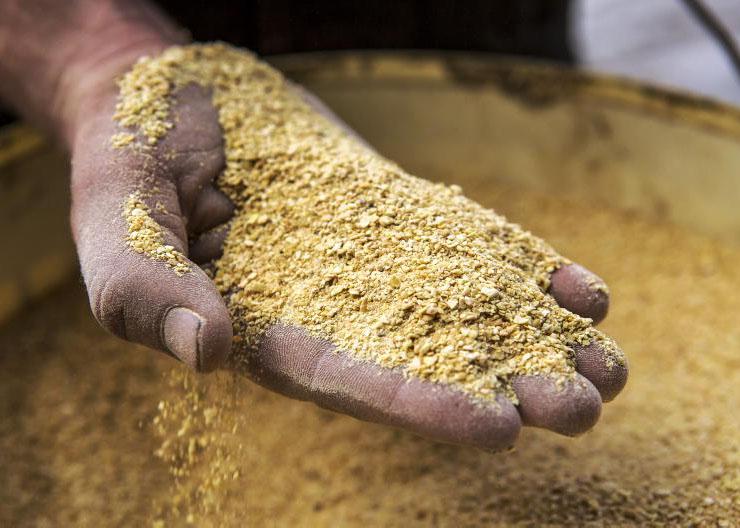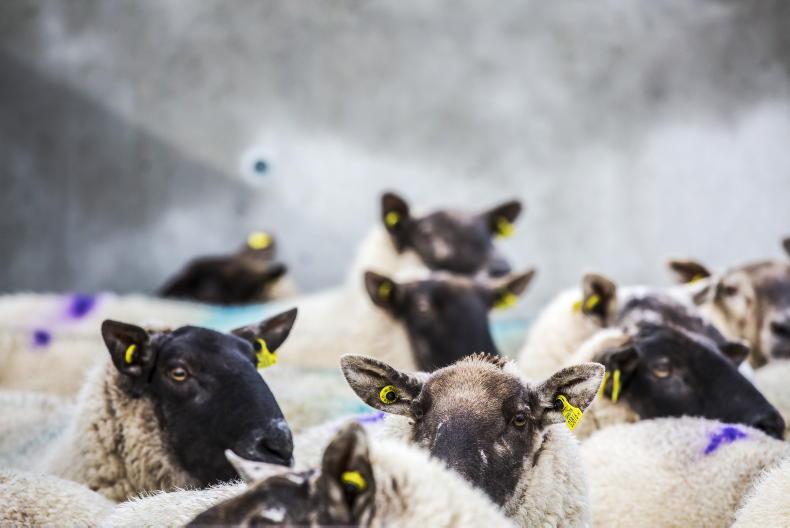While any reduction in tariffs for dairy product entering South America will be welcome news to the EU dairy industry, the detail and timeline for tariff reductions is still unknown and unconfirmed.
Speaking on RTE Radio One on Saturday, European Commissioner for Agriculture Phil Hogan suggested the Irish dairy industry stands to benefit from a reduction in EU dairy product tariffs for product entering South America.
Initial reports suggested the Mercosur deal will remove the 28% tariff on 35,000t of EU cheese and 10,000t of skim milk powder and infant formula.
More recent reports circulating this morning in the absence of any document or proof suggest the figures will be 30,000t of cheese, 10,000t of skimmed milk powder and 5,000t of finished infant formula. Again unconfirmed, but reports suggest the tariffs would be wound down over nine years.
The proposed figures are disappointing
Speaking to the Irish Farmers Journal following the announcement of the Mercosur deal Conor Mulvihill, director at Dairy Industries Ireland, said: “While it is welcome to open potential market access to a fast growing region of over a quarter of a billion people, the proposed figures are disappointing.”
When asked if this was a game changer in terms of export potential, he said: “Irish dairy and specialised nutrition are strongly looking to diversify in the face of challenges like Brexit and adding value to product and hopefully the opening of these markets is another positive step on that journey.”
South American market
As a general comment, it is fair to say domestic retail demand in most of South America recently has been lethargic, which is reducing price pressure on dairy products.
Reports suggest the region's economic situation is not likely to improve significantly in coming months.
Quarter one economic performance was uninspiring and the region is coping with issues such as high inflation, political risk and a volatile global environment. Economists do expect GDP to grow by 1.9%.
In 2019, dairy trade in the region is down overall as the exporters lack product and the importers lack demand. Yes, there are few exceptions, with some reports suggesting Chile imports are up year on year, with cheese imports in particular posting growth.
Mexico also continues to have strong dairy imports primarily from the United States. Following the removal of steel and aluminium tariffs by the United States, Mexico is expected to remove retaliatory tariffs on a number of items including dairy products.
What about the numbers?
Just to put the numbers in perspective, remember EU cheese exports to Russia were about 256,000t when it finished up in 2013 with the Russian ban. The South American deal would obviously provide a home for some of this displaced trade.
If the figure finishes around 30,000t of cheese, then it will be the equivalent of about the volume of EU cheese exports to South Korea. The South Korean trade has grown from about 5,000t in 2010.
The US trade with the EU at 133,000t is one of the biggest in terms of cheese exports with Ireland supplying about 7,000t of that. In South America, Brazilian dairy imports are about 161,000t most recently, with about 30,000t of that a cheese.
Read more
Mercosur reaction: 'beef farmers are the sacrificial calf'
Mercosur trade deal agreed
While any reduction in tariffs for dairy product entering South America will be welcome news to the EU dairy industry, the detail and timeline for tariff reductions is still unknown and unconfirmed.
Speaking on RTE Radio One on Saturday, European Commissioner for Agriculture Phil Hogan suggested the Irish dairy industry stands to benefit from a reduction in EU dairy product tariffs for product entering South America.
Initial reports suggested the Mercosur deal will remove the 28% tariff on 35,000t of EU cheese and 10,000t of skim milk powder and infant formula.
More recent reports circulating this morning in the absence of any document or proof suggest the figures will be 30,000t of cheese, 10,000t of skimmed milk powder and 5,000t of finished infant formula. Again unconfirmed, but reports suggest the tariffs would be wound down over nine years.
The proposed figures are disappointing
Speaking to the Irish Farmers Journal following the announcement of the Mercosur deal Conor Mulvihill, director at Dairy Industries Ireland, said: “While it is welcome to open potential market access to a fast growing region of over a quarter of a billion people, the proposed figures are disappointing.”
When asked if this was a game changer in terms of export potential, he said: “Irish dairy and specialised nutrition are strongly looking to diversify in the face of challenges like Brexit and adding value to product and hopefully the opening of these markets is another positive step on that journey.”
South American market
As a general comment, it is fair to say domestic retail demand in most of South America recently has been lethargic, which is reducing price pressure on dairy products.
Reports suggest the region's economic situation is not likely to improve significantly in coming months.
Quarter one economic performance was uninspiring and the region is coping with issues such as high inflation, political risk and a volatile global environment. Economists do expect GDP to grow by 1.9%.
In 2019, dairy trade in the region is down overall as the exporters lack product and the importers lack demand. Yes, there are few exceptions, with some reports suggesting Chile imports are up year on year, with cheese imports in particular posting growth.
Mexico also continues to have strong dairy imports primarily from the United States. Following the removal of steel and aluminium tariffs by the United States, Mexico is expected to remove retaliatory tariffs on a number of items including dairy products.
What about the numbers?
Just to put the numbers in perspective, remember EU cheese exports to Russia were about 256,000t when it finished up in 2013 with the Russian ban. The South American deal would obviously provide a home for some of this displaced trade.
If the figure finishes around 30,000t of cheese, then it will be the equivalent of about the volume of EU cheese exports to South Korea. The South Korean trade has grown from about 5,000t in 2010.
The US trade with the EU at 133,000t is one of the biggest in terms of cheese exports with Ireland supplying about 7,000t of that. In South America, Brazilian dairy imports are about 161,000t most recently, with about 30,000t of that a cheese.
Read more
Mercosur reaction: 'beef farmers are the sacrificial calf'
Mercosur trade deal agreed










SHARING OPTIONS